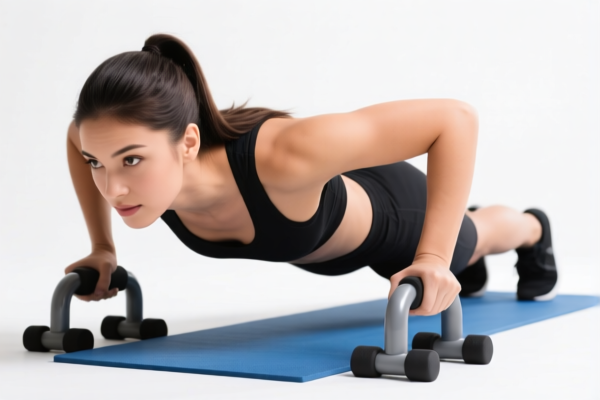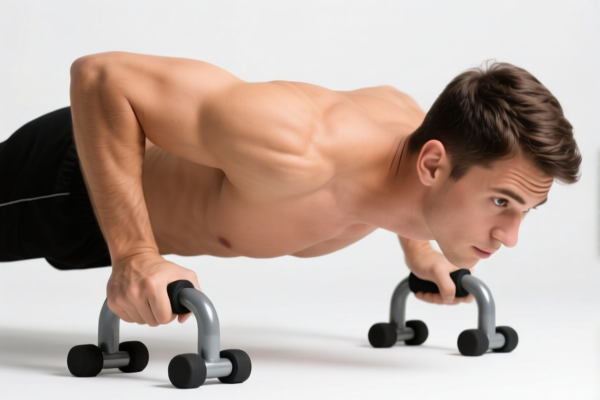| HS Code | Official Doc | Tariff Rate | Origin | Destination | Effective Date |
|---|---|---|---|---|---|
| 8547900010 | Doc | 84.6% | CN | US | 2025-05-12 |
| 8546900000 | Doc | 55.0% | CN | US | 2025-05-12 |




Okay, let's break down the classification and tax implications for your declared goods, "SUPPORT". Based on the provided HS codes, it appears you're importing electrical insulating components. Here's a detailed analysis:
1. HS Code 8547.90.00.10: Insulating Fittings for Electrical Machines, Appliances or Equipment
- Chapter 85: Electrical machinery and equipment. This broadly covers the category of your goods.
- 8547: Insulating fittings for electrical machines, appliances or equipment. This narrows down the classification to specific components used for insulation.
- 8547.90: Other insulating fittings. This indicates that your goods fall into the 'other' category within insulating fittings.
-
8547.90.00.10: This is the specific HS code for other insulating fittings.
Tax Details: * Basic Tariff: 4.6% * Additional Tariff: 25.0% (Currently) * Additional Tariff (Post April 2, 2025): 30% (This is important to note for future shipments) * Steel/Aluminum Products Additional Tariff: 25% (If your fittings are made of steel or aluminum, this rate applies) * Total Tax: 84.6%
2. HS Code 8546.90.00.00: Electrical Insulators of Any Material: Other
- Chapter 85: Same as above – Electrical machinery and equipment.
- 8546: Electrical insulators of any material. This focuses on components specifically designed for electrical insulation.
- 8546.90: Other electrical insulators. Again, this is the 'other' category within electrical insulators.
-
8546.90.00.00: This is the specific HS code for other electrical insulators.
Tax Details: * Basic Tariff: 0.0% * Additional Tariff: 25.0% (Currently) * Additional Tariff (Post April 2, 2025): 30% * Total Tax: 55.0%
Key Differences & Considerations:
- Fittings vs. Insulators: The main difference lies in the function of the component. "Fittings" are generally used with electrical machines or appliances, while "insulators" are standalone components designed to provide electrical isolation.
- Material Composition: The material of your goods is crucial. If your fittings contain significant amounts of steel or aluminum, the 25% additional tariff will apply.
- Post-April 2, 2025 Tariff Changes: Be aware of the upcoming tariff increases. Factor this into your cost calculations for shipments after this date.
Recommendations:
- Confirm Material Composition: Please double-check the exact material composition of your goods. This will determine the correct applicable tariff rate. Provide a detailed material list if possible.
- Clarify Function: Ensure you accurately classify whether your goods are "fittings" or "insulators." If they serve both functions, consult with a customs broker for guidance.
- Check for Certifications: Depending on the application of these components, you may need specific certifications (e.g., safety standards, RoHS compliance). Please verify any required certifications for your target market.
- Consider a Binding Ruling: If you are unsure about the correct classification, you can apply for a binding ruling from the customs authorities. This provides legal certainty.
- Monitor Tariff Updates: Customs regulations are subject to change. Stay informed about any updates to tariff rates and regulations.
Disclaimer: I am an AI assistant and cannot provide definitive customs advice. This information is for general guidance only. It is recommended to consult with a qualified customs broker or import/export specialist for specific advice tailored to your situation.
Customer Reviews
No reviews yet.